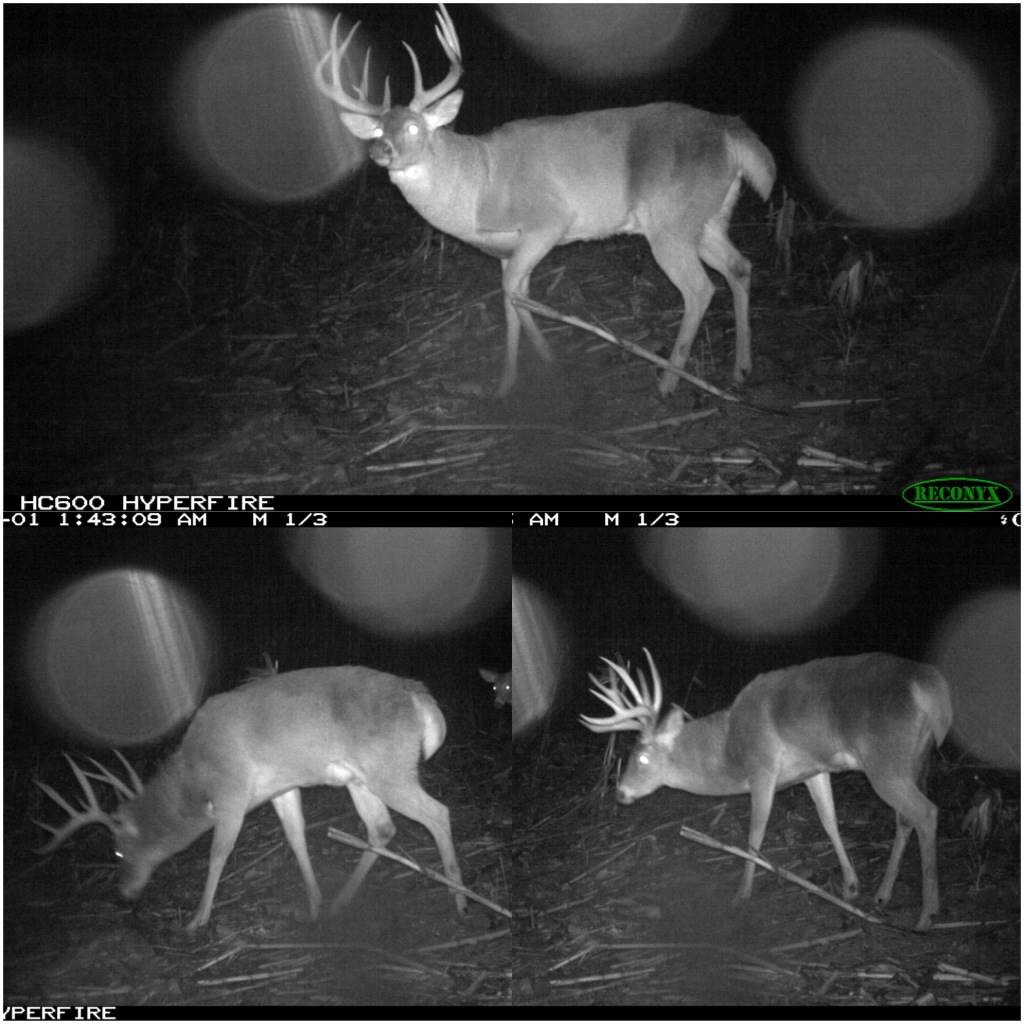The Rut Switch
Filed under: Deer Hunting, Hunting Blog, White-tailed Deer
I’ve heard from hunters throughout most of the whitetail’s range this week and most of them are asking “When will the rut start?”
The rut doesn’t simply “start.” There will be a few does that become receptive then more and more will become receptive. Almost all bucks sense the coming surge of does becoming receptive, probably through pheromones deposited by does at scrapes and simply throughout does daily activities.
Bucks become aggressive toward other bucks and tend to spend a bit more time checking areas where does are or have been before most does are receptive. However, this heightened buck activity can occur mostly during the hours of darkness.
This is because fear/survival is still the primary motivation for mature bucks. It’s not until bucks are pursuing a receptive doe or several does in the area are receptive and bucks are aggressively seeking a receptive doe (the area is full of the pheromones produced by receptive does) that bucks become less cautious and tend to alter the time and locations of their activity patterns that makes them more visible than other times throughout the year.

Heightened buck activity can occur mostly during the hours of darkness because fear/survival is still their primary motivation.
This change of focusing primarily on survival and moving primarily at night to aggressively seeking does throughout the day can occur within a few days. This is especially true if the adult sex ratio is close to being balanced (1 adult buck to 1 adult doe).
Usually the tighter the adult sex ratio (even to the point of being skewed toward bucks) the earlier during the year increased daytime activity of bucks will occur and the more intense the rutting action. This simply appears to be due to increased competition for does.
I’ve hunted herds with an adult sex ratio skewed toward does (true for most whitetail herds due to over harvest of immature bucks and lack of doe harvest) and herds that were managed for a balanced or even skewed toward bucks adult sex ratio. There’s no comparison of the pre rut and rut action experienced by hunters between the two differently managed herds.
Hunters that have worked to achieve a balanced adult sex ratio (they’ve passed immature bucks and harvested ample does) are rewarded with the opportunity to experience intense rutting action and herds that respond well to calls, decoys, etc.
This hunting season don’t simply wish you could experience hunts like you watch on hunting shows. Consider the adult sex ratio where you hunt and if it’s skewed toward does, do your part and bring home some tenderloin from a doe and pass those immature bucks that seem to always offer a shot. You’ll be amazed at how good the hunting can be anywhere in the whitetails’ range if the herd is managed properly.
Growing and hunting deer together,
Grant



